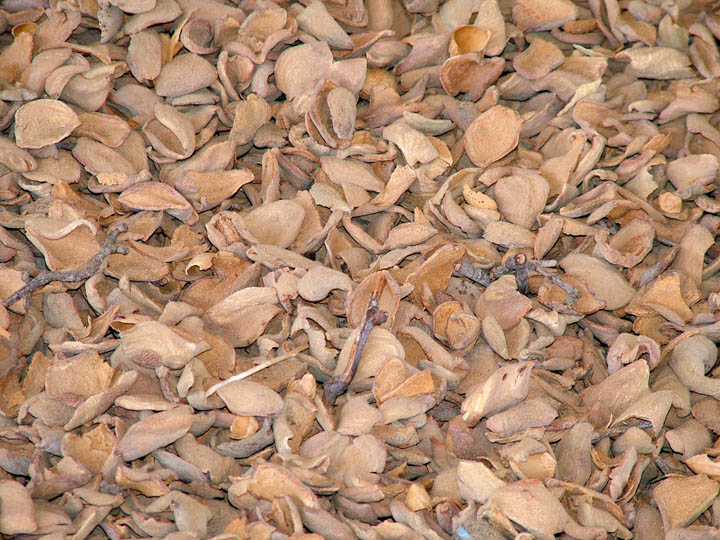February 4, 2013

Growers within the East San Joaquin Water Quality Coalition (ESJWQC) will be expected to track their nitrogen use and efforts to protect both surface and ground water starting in 2014.
The Central Valley Regional Water Board in December approved new waste discharge requirements (WDRs) for the East San Joaquin River Water Quality Coalition, which runs north and east of the San Joaquin River and south of the Stanislaus River. In the long run, growers are expected to implement best management practices to protect water quality.
The ESJWQC waste discharge requirements will be the model for other WDRs for the Tulare Basin, Westlands Water District, West San Joaquin River and Sacramento Valley coalitions. The Water Board will phase in other coalition WDRs over this calendar year. Public meetings and comment periods will be held.
Each grower within the ESJ Coalition must develop a farm evaluation that looks at all possible factors in their operation and location that might impact surface and groundwater quality, such as surface water discharge points, wells and potential for erosion. The evaluations must document the management practices implemented to protect water quality. Growers must keep the farm evaluations on hand and submit a copy to their coalition, which will then collate the information and submit it cumulatively to the Water Board. All growers will have to complete a new plan every five years, and growers in areas classified as highly vulnerable must submit evaluations annually.
Starting in 2014, ESJ growers will also be required to complete a nitrogen management plan based on templates to be developed by the coalitions. The plan will outline expected nitrogen usage for the growing season. In areas deemed highly vulnerable to leaching, those plans will need to be signed off by a specially certified advisor. (Growers can obtain the certification.) Growers in vulnerable areas must also submit summary reports of the nitrogen actually used and removed with the crop after the growing season to the coalition, which will provide collated data to the Board.
Farms 60 acres or fewer in total operation will have extra time to submit farm evaluations and nitrogen management plans.
About the Author(s)
You May Also Like




